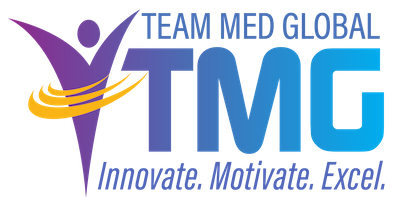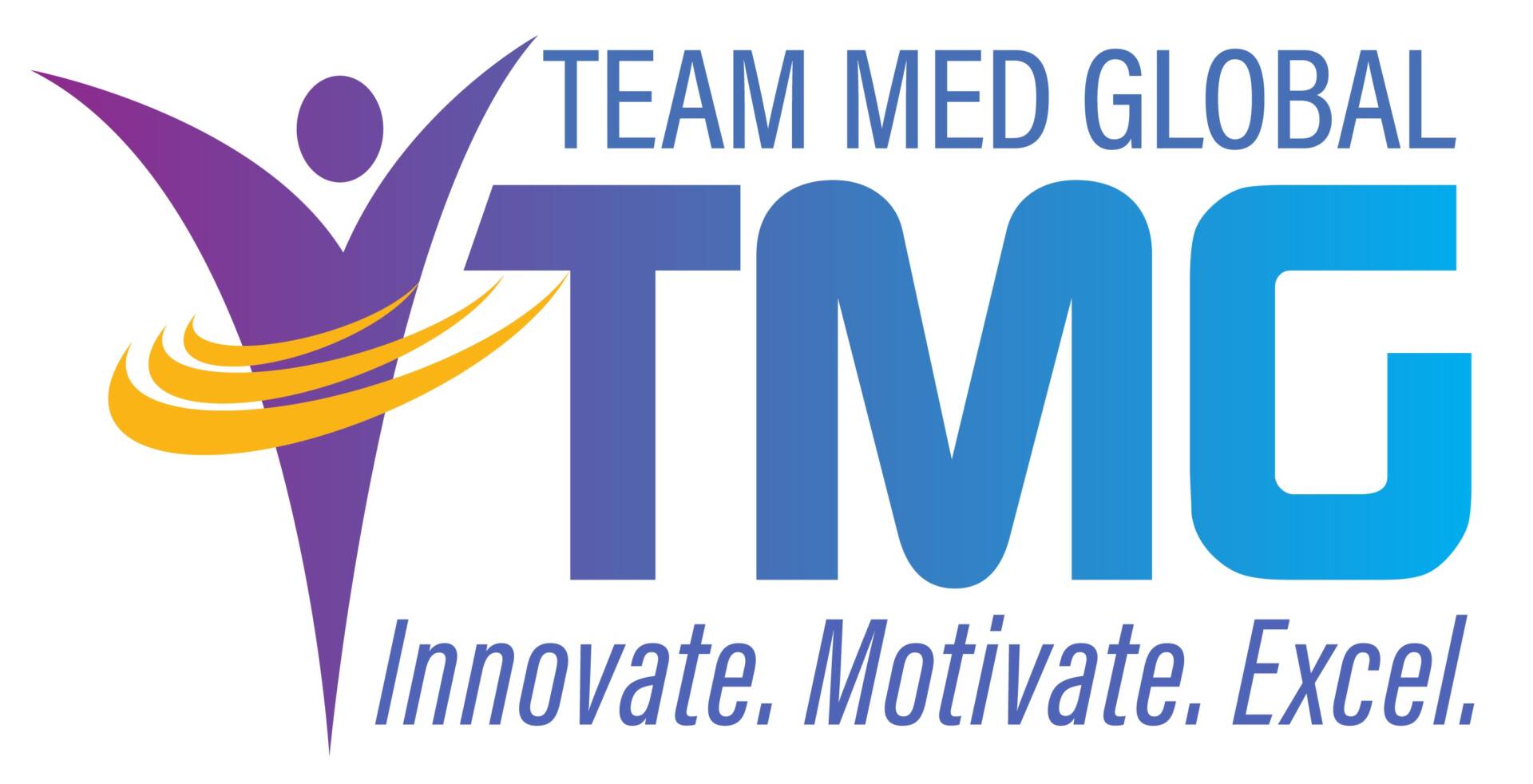 When reviewing the evolution of the Medical Staff Services Department (MSSD) over the past 30 years, the changes are obvious. Long gone are the days when a practitioner came to the hospital on the word from a colleague or where a secretary was responsible for getting a record of the provider. And, thankfully, long gone is the antiquated label of “secretary.”
When reviewing the evolution of the Medical Staff Services Department (MSSD) over the past 30 years, the changes are obvious. Long gone are the days when a practitioner came to the hospital on the word from a colleague or where a secretary was responsible for getting a record of the provider. And, thankfully, long gone is the antiquated label of “secretary.”
Over the past few years, the changes associated with MSSD transformation are less obvious but nevertheless significant. The expectations of the MSSD are growing, as are the demand to do more with less. We receive calls and emails from MSPs asking for advice about how to integrate payer enrollment or quality metrics, or how to convert to a Credentialing Verification Office (CVO) into their already demanding workflow. The success of your MSSD depends on a focus of integrity, quality, and an investment in staff development and professional growth.
While it’s a challenge to adapt to change and MSSD transformation, and departmental barriers can feel like walls, here are six power thoughts designed to help you thrive. As you consider them, commit to the mantra, “Yes, we do it all. Yes, we do it well. Yes, we can do it all well.”
POWER THOUGHT #1 – Hire for aptitude and give experience. The best people I’ve hired to my team did not come with experience; in fact, I was hired with little credentialing experience. While fundamentals need to be in place, the candidate who is a natural investigator, is organized, and who has an innate customer service attitude is your best hire.
POWER THOUGHT #2 – Automate and celebrate. If you are not yet on an automated platform, you must get there. You will celebrate cutting down average credentialing times and you will save on paper and office supplies. If you are already automated, you must drill down to identify how you can improve your automation processes. It may be as simple as vendor training, or something more in-depth, like bringing your IT department into the MSSD as an FTE. Many times, teams never learn more than the initial training received at conversion. This leads to misuse of technology, resulting in time and money wasted by not utilizing all available applications of an automated system.
POWER THOUGHT #3 – Quality is key. Quality metrics for performance, timeliness, and accuracy in credentialing are the basics for developing a quality improvement program in your office. Without audits and records of improvement (or of opportunities), you cannot measure your department’s work. When data is needed, you will have it and not have to ask for time and forgiveness to fulfill the request. Your administration will love you.
POWER THOUGHT #4 – Payer enrollment, say what? If you are not already part of the payer enrollment process, you soon will be. Educate yourself on the basics and learn the difference between credentialing and provider enrollment. While there are similarities, payer enrollment is detailed, unique to each payer, and different from state to state. Your processes can start on the same highway, but the enrollment truck stops at all crossings where the credentialing wagon stays the carpool lane.
POWER THOUGHT #5 – Educate and align. Educate yourself on the goals of your organization and align with your stakeholders. Knowing organizational goals helps you project your needs and delegate time and best practices for work processes. This does not mean you have to agree with every statement and initiative, but your stakeholders will appreciate your educated feedback where appropriate. More importantly, you will have the respect of your stakeholders – and that rapport is priceless.
POWER THOUGHT #6 – Be vocal. We can do it all, but you may need to ask for resources in order to turn the basic completion of a task into a masterpiece presentation of a project. Keep in mind that being vocal can easily go from effective communication to disastrous communication if you have not mastered Power Thought #5. We all know that one person who is instantly ignored because every time they speak it sounds like a complaint. Be respectfully vocal where it matters.
The MSSD is expected to manage several practitioner functions. In addition to credentialing and privileging, there’s onboarding and offboarding, payer enrollment, continued medical education, graduate medical education, medical staff events throughout the year, focused professional practice evaluations and ongoing professional practice evaluations, meeting management, and other assigned duties. Always stay focused on prioritizing, educating, improving, and anticipating the changes in the industry. MSPs are a special class of individuals. The reason we do it well is because we are team players. Rely on your local team and your virtual team to continue to excel throughout MSSD transformation and in the ever-evolving MSSD landscape.

